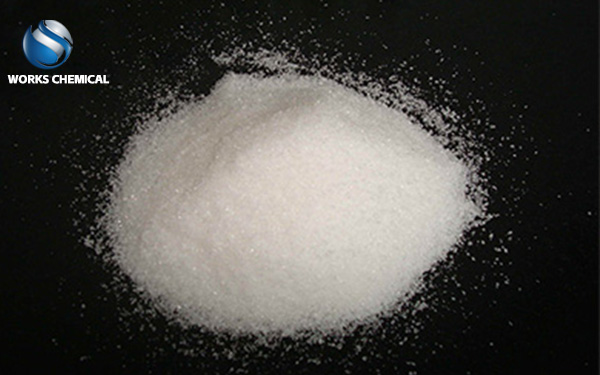
In the sludge conditioning process, it is very important to choose the right reagent to improve the dehydration efficiency, reduce the water content and improve the quality of mud cake. The following are some commonly used sludge conditioning agents and their mechanisms of action to achieve the effect of twice the result with half the effort:

A, inorganic coagulant
Polyaluminum chloride (PAC)
Mechanism of action: By neutralizing the electricity inside the sludge, the sludge particles are aggregated into larger clumps, which is convenient for subsequent settlement and separation. At the same time, PAC can also solidify the treated sludge and improve its quality.
Application scenario: Suitable for the dewatering treatment of all kinds of sludge, especially when the sludge contains more colloidal substances.
Polyferric chloride (PFC)
Mechanism of action: Similar to PAC, sludge aggregation and dehydration are achieved by neutralizing the electricity inside the sludge. However, PFC has a better removal effect on sludge containing organic matter.
Application scenario: Suitable for sludge dewatering with high organic content.
Ferric sulfate, ferric chloride, etc
Mechanism of action: These chemicals are commonly used as settling agents to improve dehydration efficiency by accelerating the settling rate of particles in the sludge.
Application scenario: It is suitable for sludge treatment scenarios that require rapid settlement.
Two, organic polymer coagulant
Acrylamide (PAM)
Cationic PAM: Suitable for belt and centrifugal mechanical dehydration, as well as deep dehydration treatment.
Anionic PAM: It is also applied in some specific scenarios, but it needs to be selected according to the sludge properties.
Mechanism of action: PAM can improve the dewatering performance of sludge by adsorbing and neutralizing organic matter in sludge. At the same time, PAM can also form large floc, resist the shear action in the filtration process, suitable for sewage plant sludge mechanical dehydration.
3. Other drugs
Lime
Mechanism of action: Lime can control the pH of sludge, reduce odor and sterilize. At the same time, lime reacts with the alkalinity of bicarbonate in sludge to form granular structure, increase the porosity of sludge and reduce the compressibility of sludge.
Application scenario: Often used with iron salt, suitable for deep dehydration treatment.
Biological conditioner
Mechanism of action: By decomposing the organic matter in the sludge, the hydrophilicity of the sludge is reduced, so as to improve its dehydration performance.
Application scenario: It is suitable for sludge treatment scenarios with high environmental protection requirements and long treatment time.
Four, selection suggestions
Selection according to sludge properties: different types of sludge have different properties, such as organic content, viscosity, pH value and so on. Therefore, when selecting sludge conditioning agents, it is necessary to fully consider the nature of the sludge to ensure the effectiveness of the agent.
Consider the treatment objectives and process requirements: according to the objectives of sludge treatment (such as reducing water content, improving the quality of mud cake, etc.) and process requirements (such as equipment type, treatment process, etc.), select the appropriate type of agent and dosage.
Conduct small and pilot tests: Before practical application, it is recommended to conduct small and pilot tests to determine the best type of agent, dosage and treatment effect. This helps to avoid unnecessary problems and losses in the actual production process.
In summary, the selection of suitable sludge conditioning agents is the key to achieve efficient dehydration, reduce water content and improve the quality of mud cake. The effectiveness and economy of the drug can be ensured by comprehensive consideration of sludge properties, treatment objectives and process requirements.